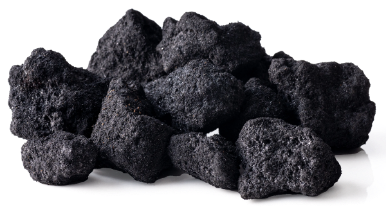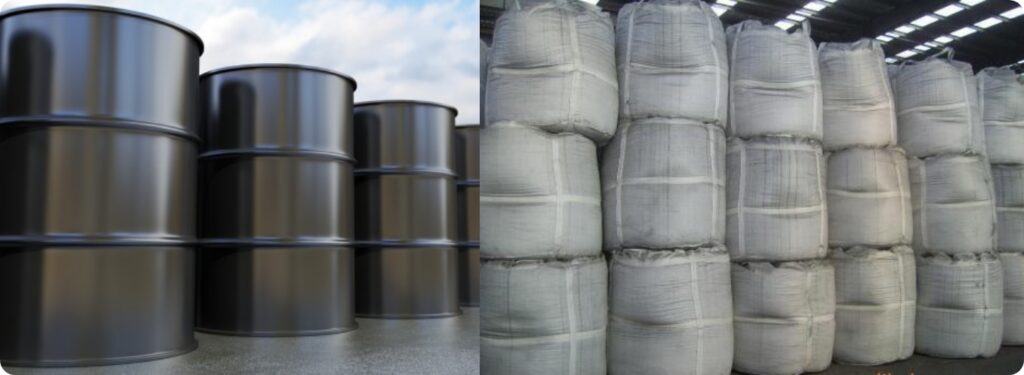
Coke is a carbon refining product with a high calorific value, derived from thermal cracking to which the short refining residue is subjected, with a low ash and sulfur content.
When heating the short residue above 400ºC, the rupture or cracking of the hydrocarbon molecules occurs, forming light compounds that distil, leaving a pasty residue that, over time, acquires a high consistency. This residue product of the coking plants is called “green coke“, which is used as fuel in cement factories (more widespread application), and in the manufacture of anodes to obtain electrolysis of aluminum from alumina, for the manufacture of electrodes used in electric furnaces and in the manufacture of graphite equipment for industry.

Mineral coal
Unlike Green Coke (Coke), mineral coal is a product originated from vegetables deposited in swamps and lagoons, dating between 300 to 360 million years. It is of natural origin. It can be extracted from the subsoil by manual and mechanical procedures, although sometimes it can be found in the open. Its current use is in thermoelectric plants for the generation of electricity, in the iron and steel industries and in cement factories. Mineral coke is obtained from the calcination of mineral coal.